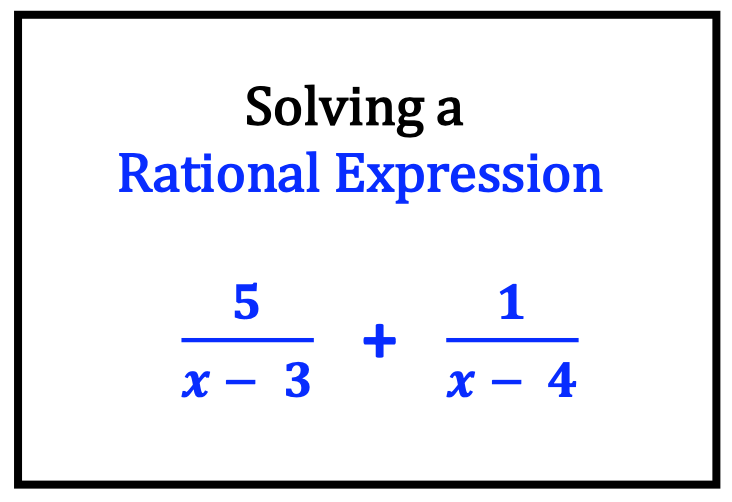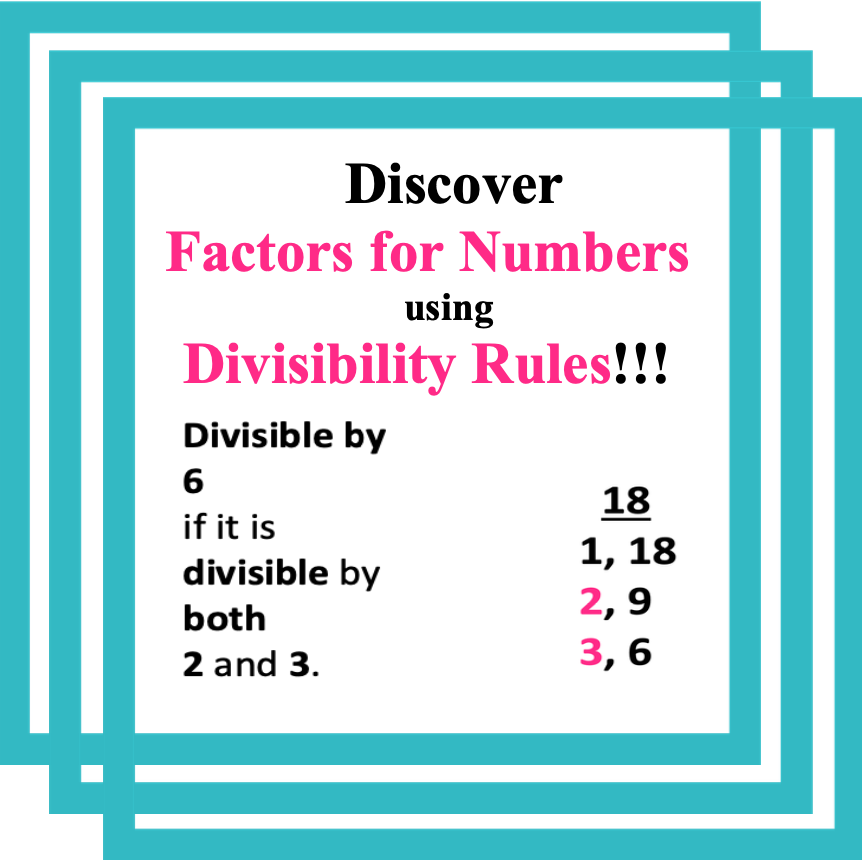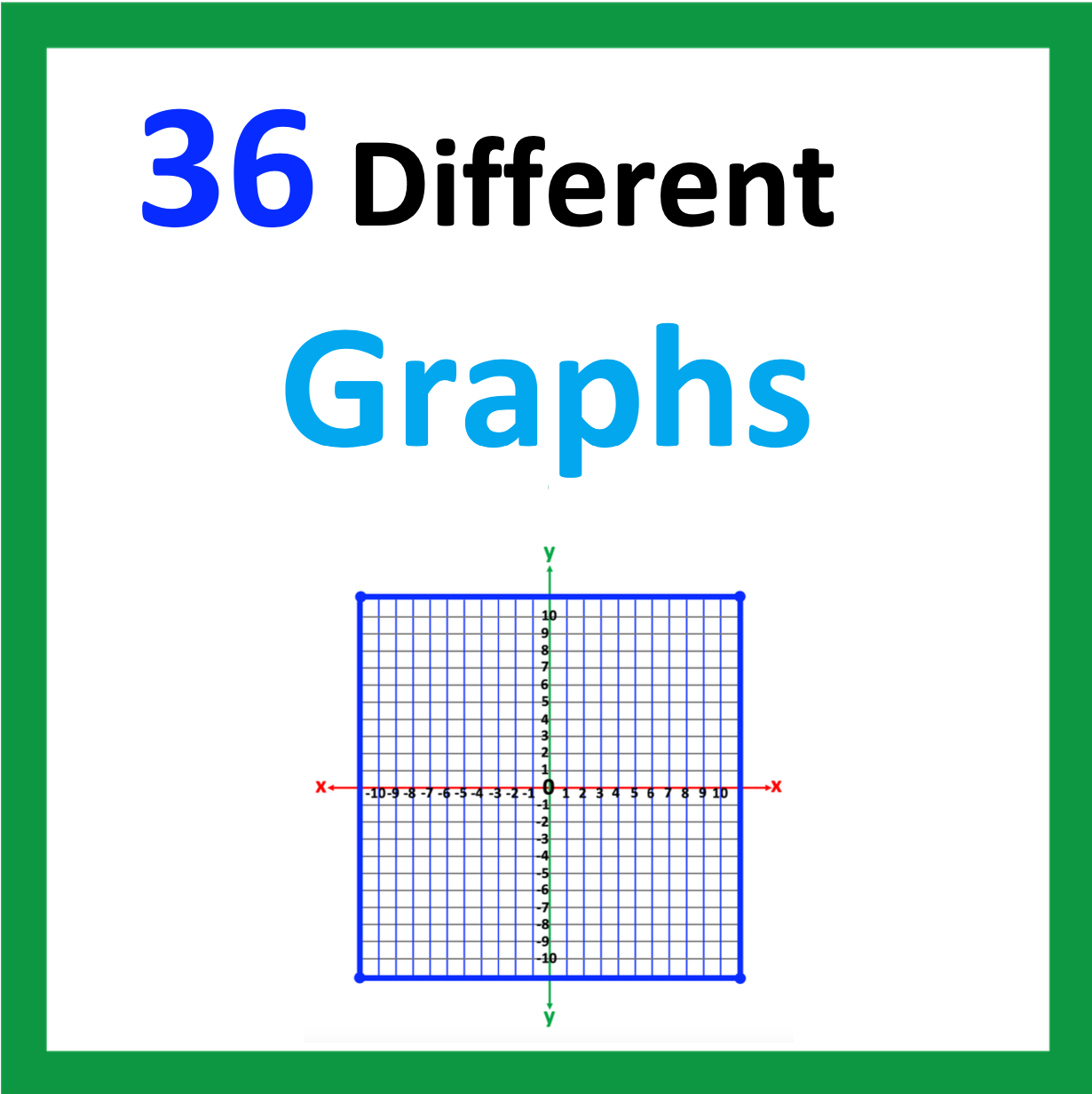The school year has almost ended. Your middle school students are more than ready to be done. But then again, what did they learn? What will it stick till next school year? Even if they finished the book do they understand how to solve fractions in math?
#1 – It is Always Fractions
To begin with, let me share why fractions in math is one of the top ten topics I post about. Consider that students are taught how to do fraction operations throughout middle school, though somehow manage to not know how to perform these operations in Algebra. Below is an example of an example of a type of fraction. In Algebra it is referred to as a rational expression.

On the other hand, I am aware of issues that do lead to these challenges such as changes in curriculum, use of different methods for doing the same operations, inadequate instruction, state requirements for teachers to cover specific topics for end of the year testing, and shortcuts taught that do not provide long-term function when beginning Algebra. Due to this, it is no suprise that teachers are trying their very best to cover everything,.In addition, students who struggle with fractions also struggle with Algebra. Why? Algebra continues to include applications related to fraction operations.
Furthermore, when I teach middle school and pre-algebra, we work on fraction operations, decimals, and percentages weekly to ensure these significant concepts stick. Do I include other math topics? Yes. Fractions once introduced are reviewed throughout the year, with new math concepts added as my students are ready. The emphasis is quality over quantity.
Quality over Quantity
Overall, I have been overjoyed to observe student success in my Algebra 1 class with my students who participate in my middle school and pre-algebra classes. I’ve said it in previous posts, and will repeat it again:
“It begins in middle school.”
#2 – Let’s Break it Down
Now let’s consider how to break down student understanding related to fraction operations.
A. Where to Begin
Before diving into fraction operations, do students know multiplication facts? You may find that students understand most facts, though get stuck on problems such as 7 x 7, 8 x 7, and other facts of 8’s. Solution: Daily review and use often with fraction operations. Also, incorporate listing factors of numbers 1-100 using divisibility rules. This is a huge help! Click on the links below to learn more. The second item is free!

https://www.teacherspayteachers.com/Product/7-x-8-Multiplication-Cheer-7524352
B. Adding and Subtracting Fractions with Like Denominators
- 1. Are students able to add and subtract fractions with like denominators?
2. Are students able to complete this task with improper fractions and mixed numbers?
3. Do students recognize when to reduce a fraction to the lowest terms?
C. Multiplication with Fractions
- 1. Are students able to multiply fractions?
2. Are students able to complete this task with improper fractions and mixed numbers?
3. Do students recognize when to reduce a fraction to the lowest terms?
D. Division with Fractions
- 1. Are students able to divide fractions?
2. Are students able to complete this task with improper fractions and mixed numbers?
3. Do students recognize when to reduce a fraction to the lowest terms?
E. Add and Subtract Fractions Unlike Denominators
- 1. Are students able to add and subtract fractions with unlike denominators?
2. Are students able to complete this task with improper fractions and mixed numbers?
3. Do students recognize when to reduce a fraction to the lowest terms?
F. Fractions in Math Problems
Are students able to apply fraction operations to other math problems?
1. Geometry problems that use fractions: finding perimeter, area
2. Simple Probability
3. Story problems
4. Measurements
5. Science problems
6. Integers

When broken down, it is easy to see how fractions can feel incredibly overwhelming to both teach and for students to learn. Like denominators? Unlike denominators? Improper? Proper? Mixed Numbers?
#3 – Fractions, Decimals, and Percentages
Likewise, the conversion between fractions, decimals, and percentages is also a significant topic. The ability to perform this skill is just as important for science as it is for math with subjects such as biology, chemistry and physics.

You may find the following resources helpful for use over the summer break or for use in a summer math camp. Click on the links below.
#4 – Summer Plans?
Maybe you or someone you know is planning a summer math camp. You recognize that fractions are an issue and want to do what you can to help students remember what you have worked so hard to teach them. Let’s consider ideas and resources that students may not only learn from but also enjoy doing.
A. Teaching Resources
Are you looking for resources that will make this experience easy? Click on the link below.
B. Practice
Are you looking for practice resources for students to complete over the summer or in a math summer camp format? Click on the links below.
C. Hands-On Learning: Make it Fun!
Practice with fractions, decimals and percentages over the summer months are not limited to worksheets. Explore creative ways to be actively involved in math discovery. Below are a couple ideas worth trying.

1. Cooking: Re-write a recipe by increasing or decreasing the total yield.
2. Consider craft or constructional activities that include fractional measurements: length, height, perimeter, and area. These tasks will also reinforce geometry concepts.
Example: Construct a rectangular container using straws or similar materials.
Straw Size A: 3 1/2 inches, Straw Size B. 5 3/4 inches.
- 1. Measure and record the length of each straw cut to the specific length. Add the lengths together.
2. Calculate the anticipated perimeter of the formed rectangle.
3. Connect the straws using glue or other similar material.
4. Measure the perimeter of the constructed rectangle. Does this measure match the total length of the straws prior to the construction? Why or Why not?

- Variations:
1. Create three different rectangles. For each, use a different measurement form: inches, centimeters, or millimeters. Record each fraction value in both decimal and percent form.
Compare the variations of measure. Which was the most accurate and why?
2. Use wider materials to build rectangles or other shapes. Find the perimeter for the outside and inside of the rectangle. Find the area of the inside of the rectangle. Find a picture that will fit inside, though not go beyond the frame.
3. Build frames of different shapes. See the example above.
Conclusion
IIn conclusion, if you find that fractions, decimals and percentages presented a challenge, remain hopeful as you consider resources, practice and hands-on learning to bridge the gap between this school year and the next.
Other Related Posts

Looking for More Materials?
Click the button below to view more of my educational resources!
